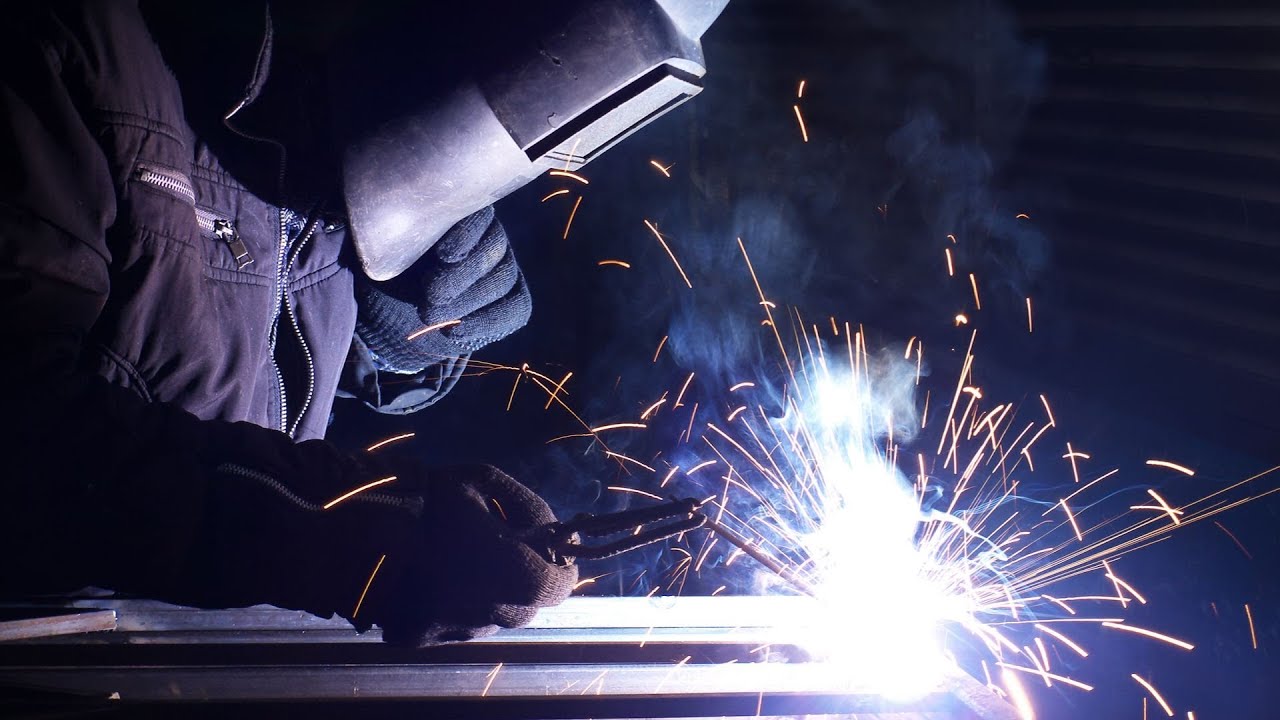When it comes to welding, MIG is going to be the most common and most popular process to do so, no matter if you are only doing it for a hobby of yours or if you are a professional welder. It is not only going to be very fast and strong, but it is also going to be an extremely versatile type of weld that is going to be on the easier side when it comes to learning how to do it. Since it is such a useful process to know how to do, there are many people who are eager to learn all about it. Here is what you need to know about MIG welds.
What is an MIG Weld?
By definition, a MIG weld is going to be a Metal Inert Gas weld, which is often times referred to as a Gas Metal Arc Weld, or GMAW. While these two are going to be the same exact thing, the more common one is going to be MIG weld.

Now that you know what a MIG weld is, here are some tips and tricks that will help to make you better at this common type of welding.
For more great tips, visit https://finconinstallations.com.au/.
MIG Welding Best Practices
In order to get the best weld that you can get, you are going to need to make sure that the surface of the material you are welding has been cleaned very well and is free of any type of oil or grease. This can be done with a simple abrasive. While MIG welds are going to be a little more flexible when it comes to minor contaminants on the materials surface, the cleaner that you can get the metal you are going to be welding, the better the weld will be and the fewer the problems you will have. As a special tip, if the metal you are going to be welding has any paint or rust on it, you can use a non-woven abrasive or even a sanding disk to clean it all up.

Once you have all of your equipment set up and the surfaces of your materials have been cleaned, it’s time to start welding. But before you do get started, be sure that you keep in mind that how you hold and move your welding gun is going to be the biggest part of ensuring that you have a quality weld that has a pleasant appearance.
To really maximize your weld, you are going to want to use both hands to hold your welding gun, and try to support your hands, forearms, wrists, and even your elbows in such a way that you are able to move the gun around smoothly, but while maintaining very precise control over it as well. Also, the space between the gun and the positioning of the gun are going to be crucial to the work that you are performing, so be sure that you don’t get it too close to the metals you are welding or keep it back too far.




